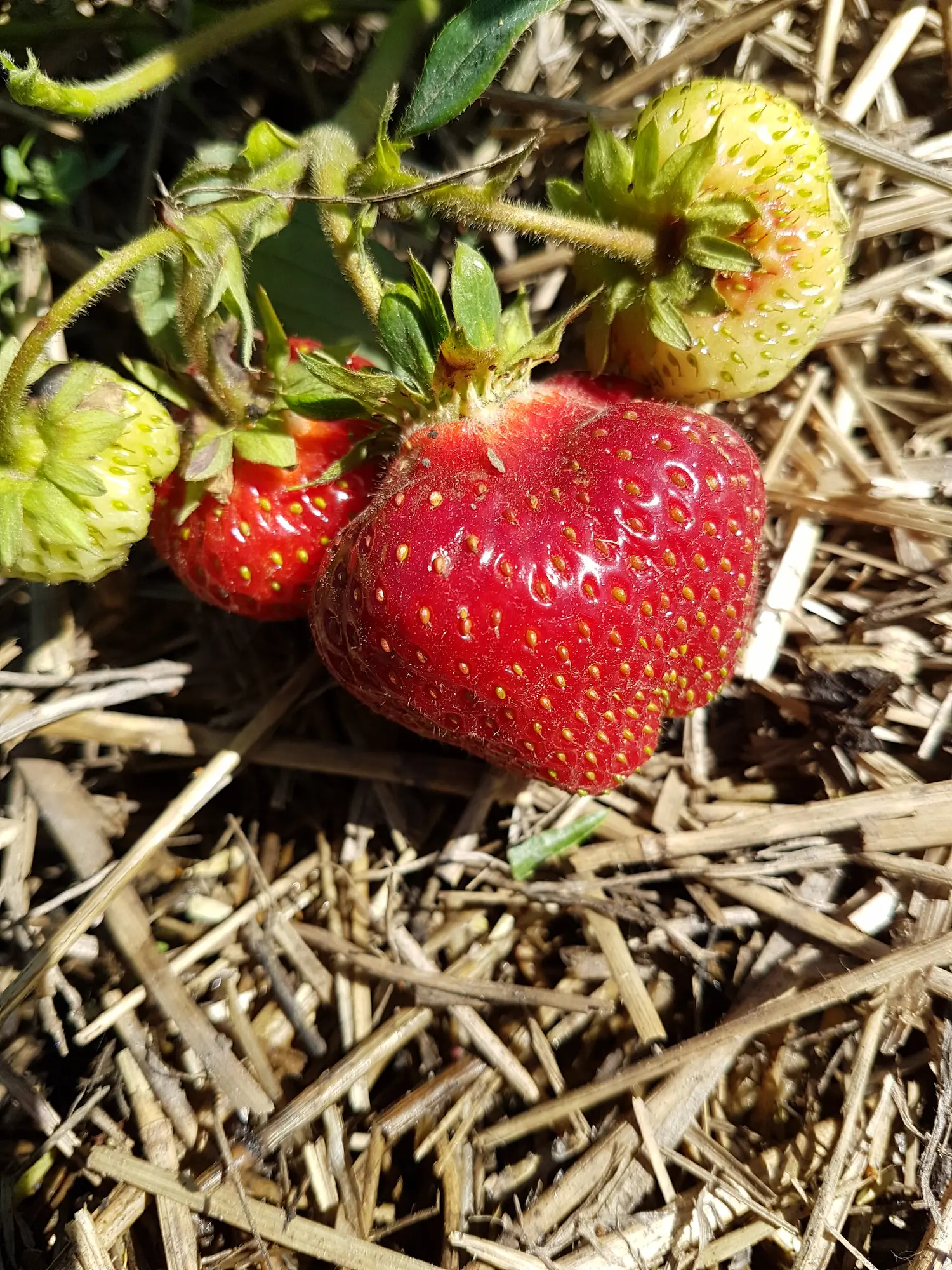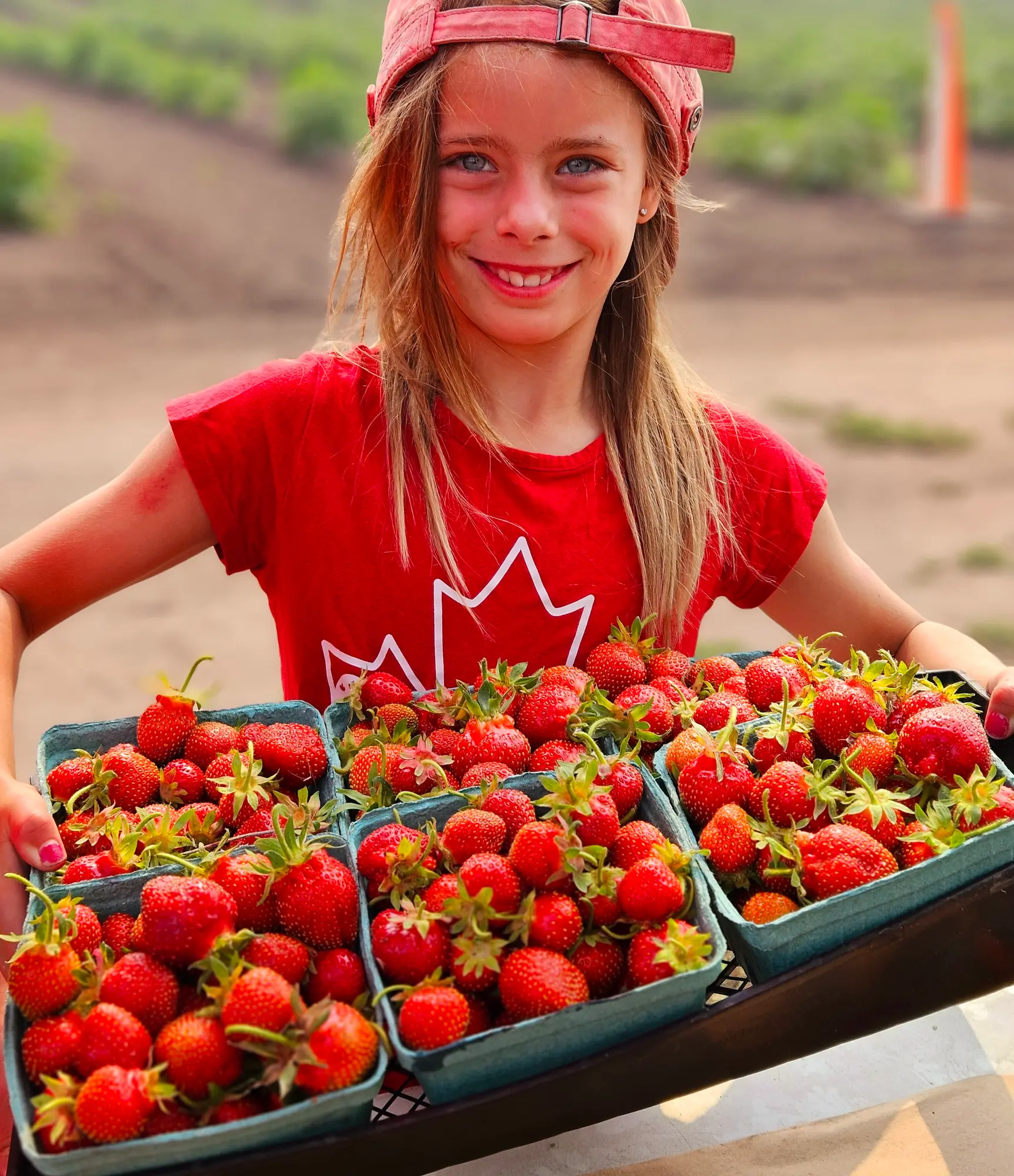Strawberries
Strawberry AC Valley Sunset
Full sun, Zone 3 Fragaria ‘AC Valley Sunset Pot Size: BR Pkg 25 Part of “June Bearing” strawberries.…

Wild Strawberry
Full sun, Zone 2 Fragaria virginiana Pot size: #1 Wild strawberries grow naturally in the prairies, foothills, and…
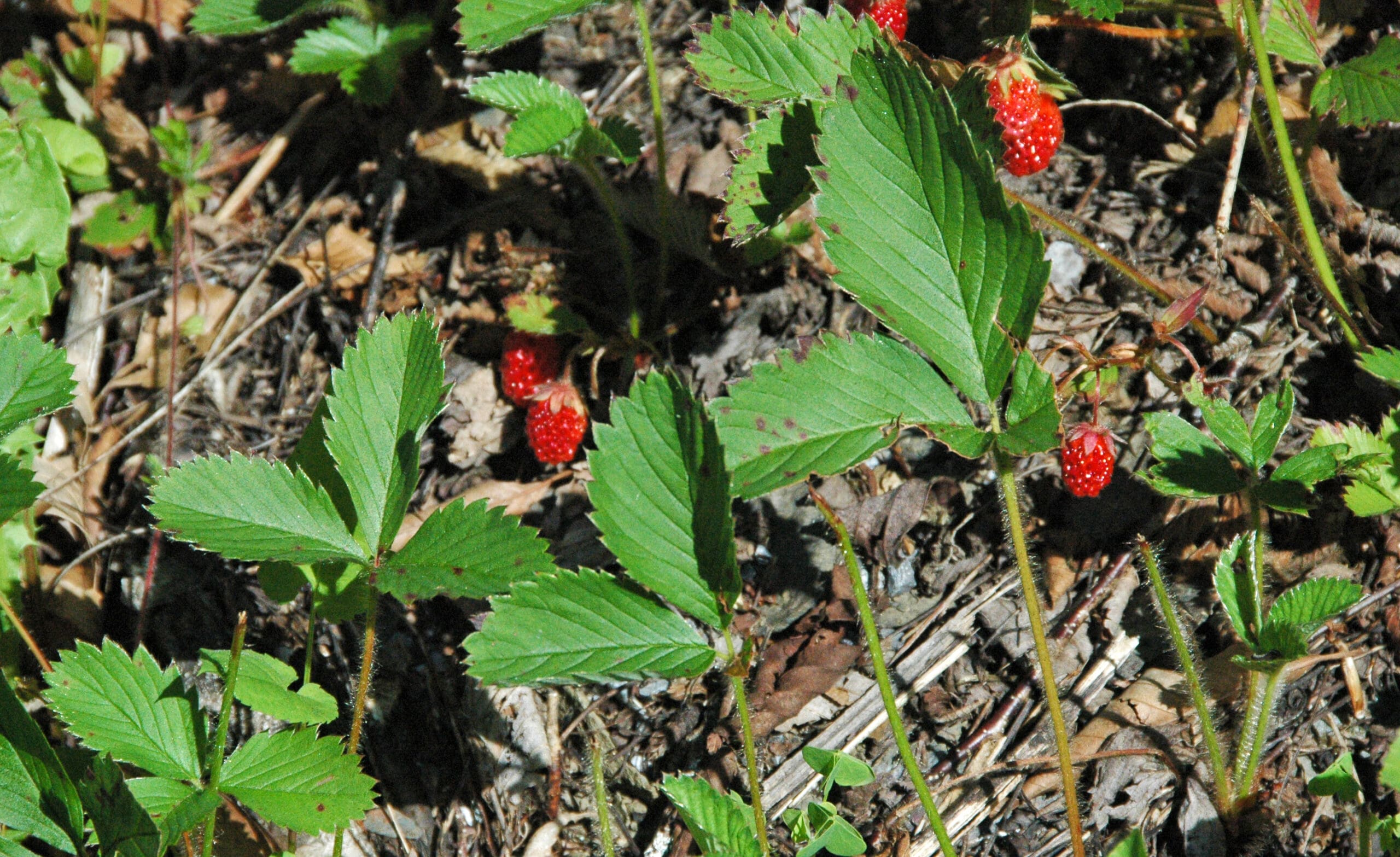
Framberry
Full sun, Zone 4 Fragaria x ananassa ‘Framberry’ Pot size: #1 This funky fruit is a strawberry hybrid.…
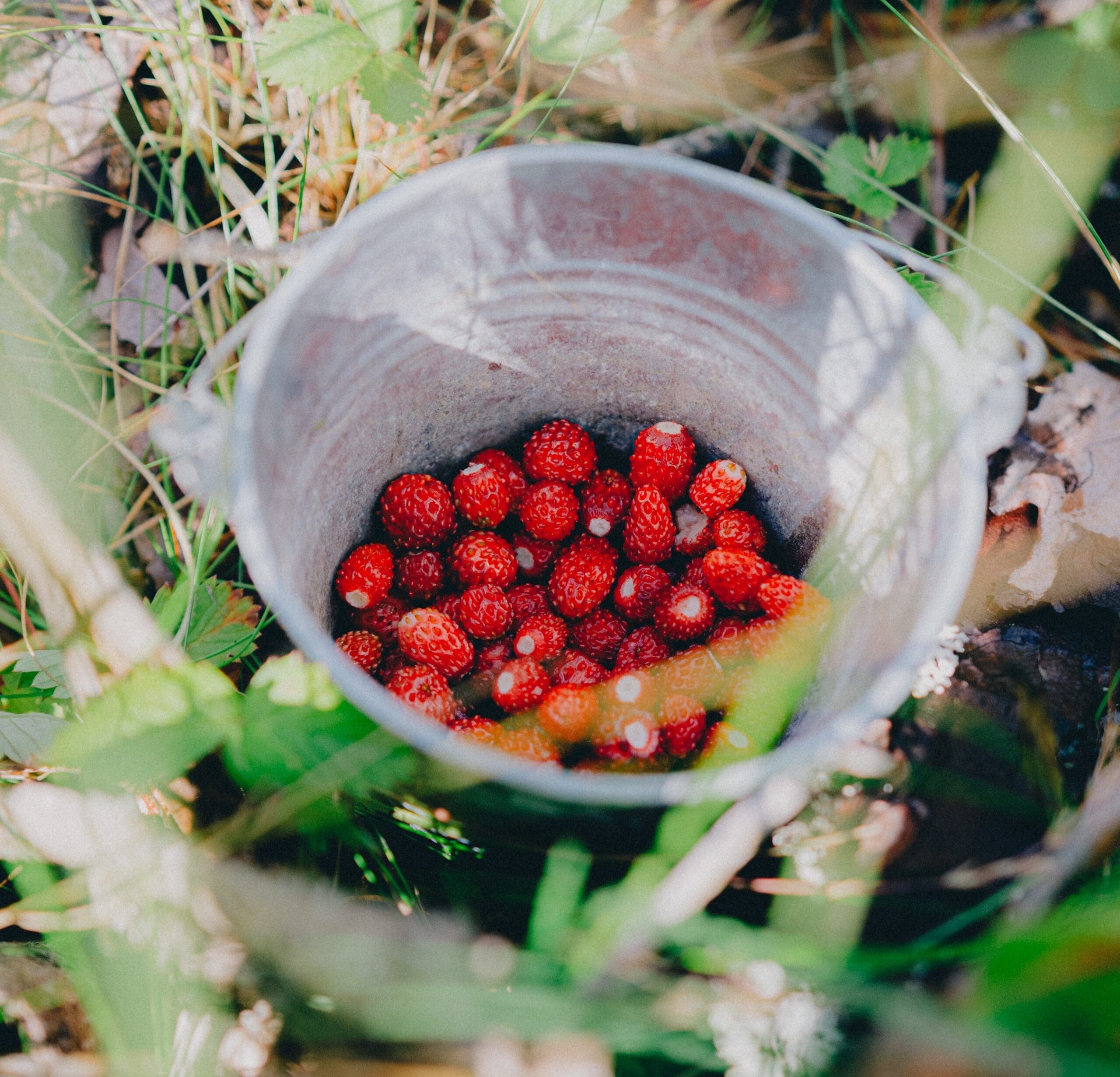
Strawberry Seascape (Everbearing)
Full sun, Zone 3 Fragaria x ananassa ‘Seascape’ Pot Size: 3/4″ pot, BR Pkg 25, BR 1 Case…

Pineberry
Full sun, Zone 4 Fragaria ‘Aloha Berry’ Pot size #1 Pineberries are known for their spectacularly striking colour…
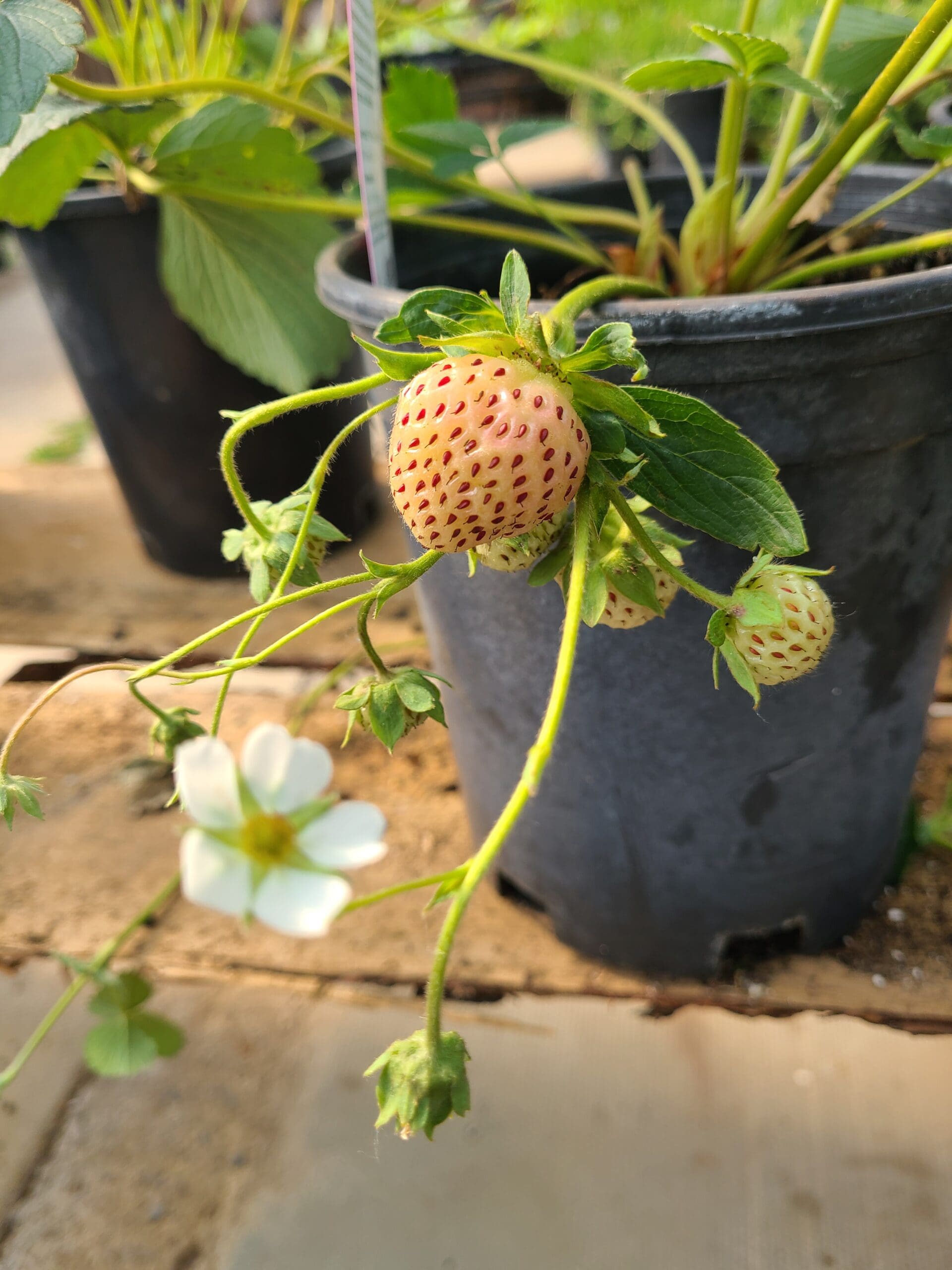
Strawberry Fort Laramie (Everbearing)
Full sun, Zone 3 Fragaria x ananassa ‘Fort Laramie’ Pot size: 3/4″, #1 Enjoy flavorful and plump, medium-large…
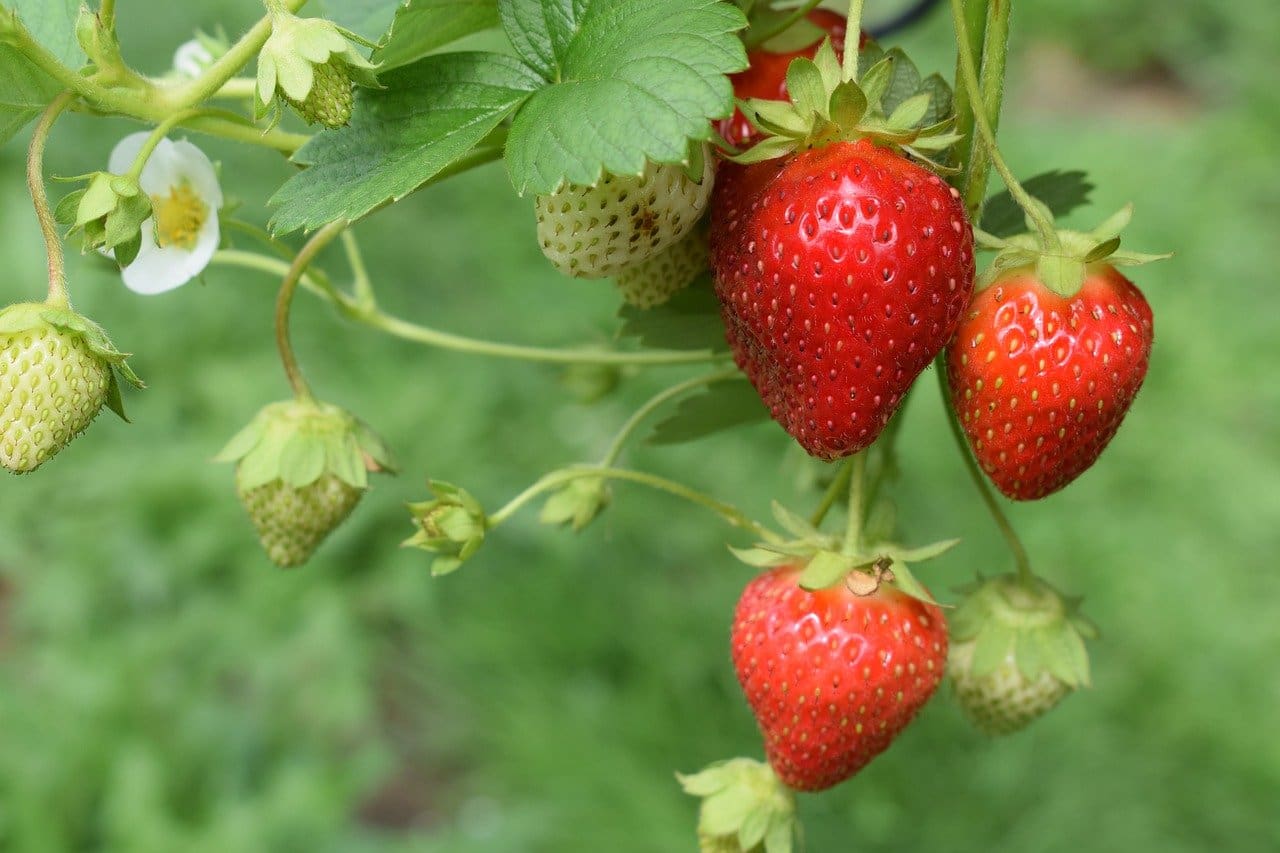
Strawberry San Andreas (Everbearing)
Full sun, Zone 3 Fragaria x ananassa ‘San Andreas’ Pot size 3/4″ San Andreas is a highly productive…
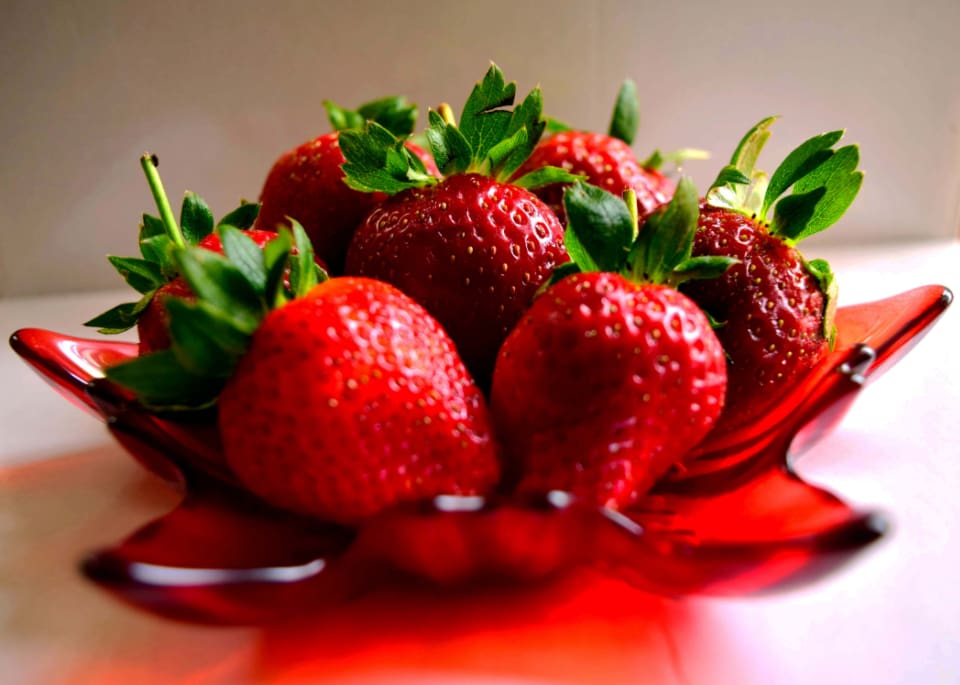
Strawberry Albion (Everbearing)
Full sun, Zone 3 Fragaria x ananassa ‘Albion’ Pot size: BR Pkg 25, 3/4″, #1 Another recent Californian…
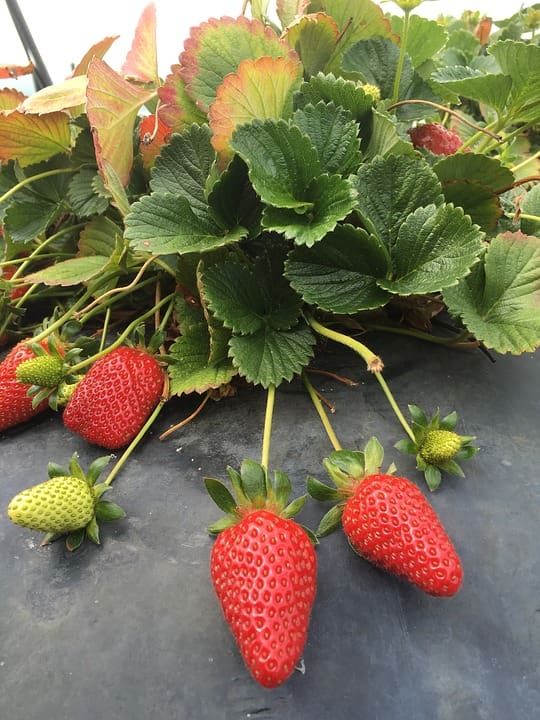
Strawberry Honeoye (July bearing earliest)
Full sun, Zone 3 Fragaria Vibrant x Holiday ‘Honeoye’ BR Pkg 25 Part of “June Bearing” strawberries. June…
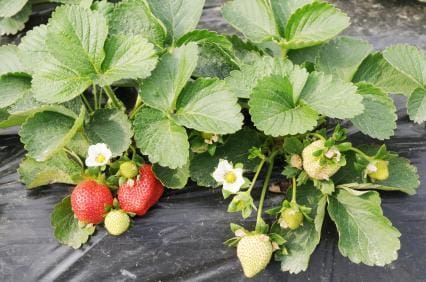
Strawberry Cabot
Full sun, Zone 3 Fragaria ‘Cabot’ Pot Size: BR Pkg 25 Part of “June Bearing” strawberries. June bearers…
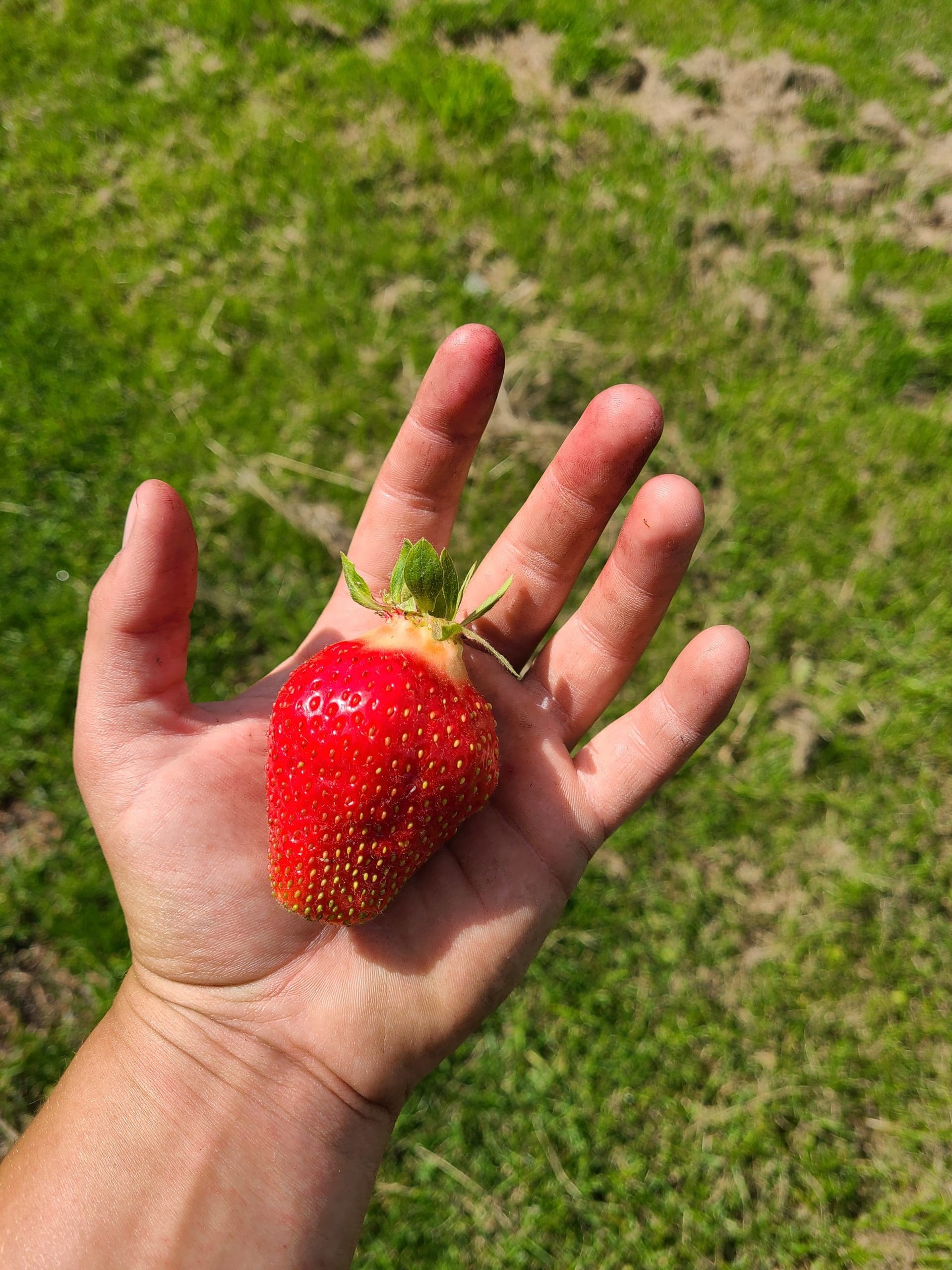
Strawberry Cavendish (Junebearing)
Full sun, Zone 3 Fragaria x ‘Cavendish’ Pot size: BR Pkg 25 Part of “June Bearing” strawberries. June…
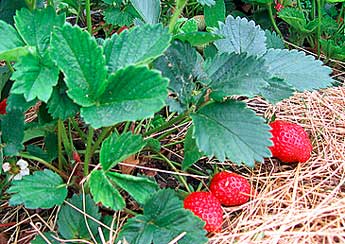
Strawberry Kent (July bearing)
Full sun, Zone 3 Fragaria ‘Kent’ Pot size: BR Pkg 25 Part of “June Bearing” strawberries. June bearers…
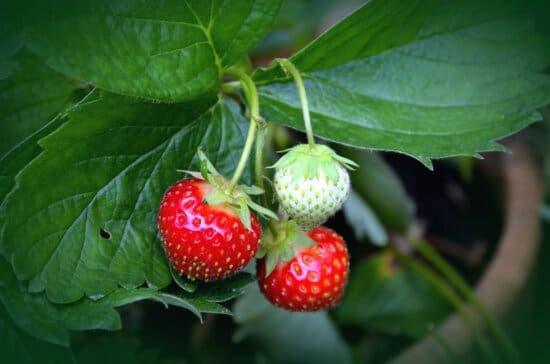
Strawberry Cabrillio (Everbearing)
Full sun, Zone 3 Fragaria x ananassa ‘Cabrillio’ Pot size 3/4″ A variety from California. This variety is…
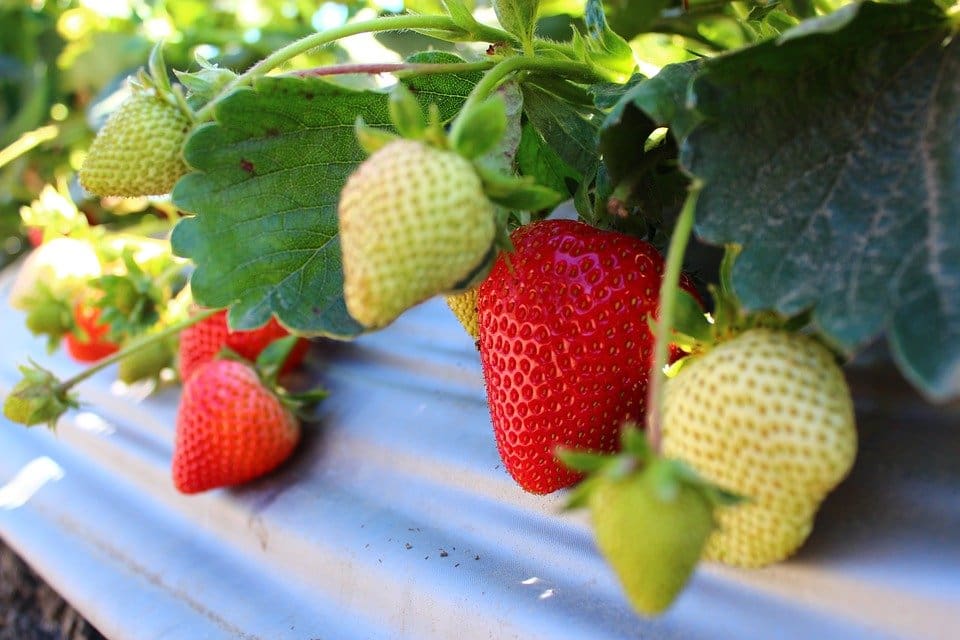
How to Plant Bare Root (BR) Strawberries
What is a Bare Root Strawberry?
- Bare root strawberry plants are dormant plants that are literally not planted in soil. Instead, they are bundled up typically in a plastic covering to prevent them drying out in transit.
- Their roots are bare when you gently shake them out of the packing materials. They are not planted in soil.
- The foliage will be clipped off, so will look like short stalks just above the crown, and they are dormant. There may be a shriveled brown leaf from last fall still attached and lingering.
- Planting bare root strawberries quickly and properly is the key to ensuring that they wake from their dormant state and begin berry production as soon as possible.
Storing Bare Root Strawberries
- Avoid this if at all possible! Plan to plant straight away once you have received your bare root plants.
- Even though storing bare root strawberries is not recommended, sometimes it just can’t be avoided. Of primary concern when storing bare root berries is protection from drying out and being too hot.
- Ideally, you should store your bare root strawberries in a refrigerator until you can plant them.
- Protecting the roots is also of primary concern, which is why it is so important to keep them covered. Either place the plants in potting soil, sand, or wood chips, and sawdust; anything to shield the roots and hold in moisture.
- Additionally, when storing bare root berries, never let the roots dry out. Keep the roots moist, not waterlogged. While bare roots are prone to drying out, overwatering will likely rot them, which the plants will not recover from.
Spring Planting
- Plan on planting the dormant bare root berry plants outside as soon as you can work the soil. They enjoy the cool weather – and prefer to establish while temperatures are lower.
- Soak the bare root strawberry plants for 20 minutes in a bucket of water. Just soak the roots, there’s no need to submerge the entire plant. This allows the roots to rehydrate and break their dormant cycle.
- Dig planting holes to the length of the roots and two times as wide. Gently spread out the roots in the hole and fill in with soil, keeping the crown of the plant at soil level.
- Space the plants 18 inches (46 cm.) apart in rows that are 3 feet (1 m.) apart.
Summer Renovation
- During the establishment year (1st year) in the summer, runners should be 'set'.
- Setting runners means placing them in contact the soil and then burying the stem under some soil as well.
- This encourages daughter plants to root in, which will in turn send out more daughter plants. Each strawberry plant produces around 1lb of berries, so the more daughter plants you have established, the more berries you will harvest!
Fall Protection
- Strawberries got their name from straw. Yep that’s right – straw! At our farm, the last week of October or the first week of November, we put them to bed by covering them with a blanket of straw. Wheat straw is the best – as it has lovely airspaces so will insulate them well.
- Cover with 3” to 6” of straw to protect their flower buds, which they set up in the short days of fall. Without straw mulch, you will lose more than 50% of your flower buds when the temperatures drop below -12C.
Planting Location:
- June-bearing strawberries should be planted in the ground (garden soil is ideal) and covered with straw in the fall, so they come back every year.
- Everbearing strawberries can be planted in the ground OR in containers.
- When planted in the ground and covered with straw in the fall, they should come back every year.
- When planted in containers, everbearing strawberries will produce berries for that season, but will not survive the winter. Container-planted strawberries are annuals and will not come back the next season. Plan to plant new plants every year.
Download Full Guide (PDF)



